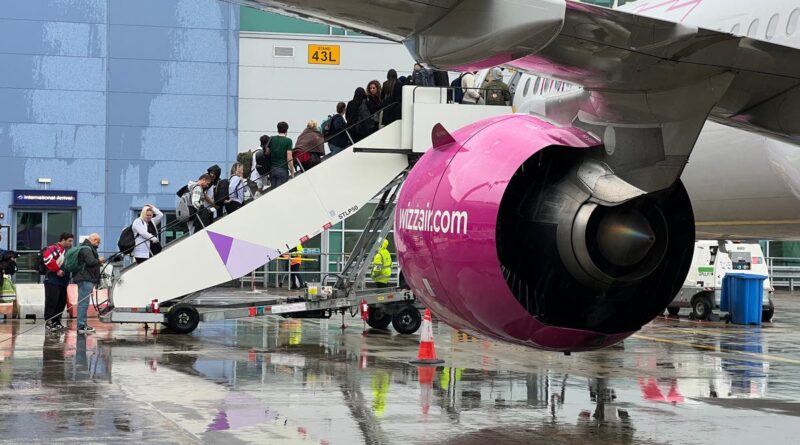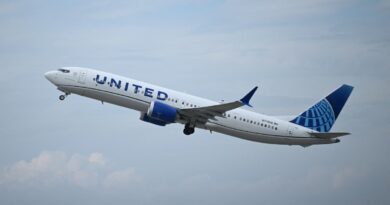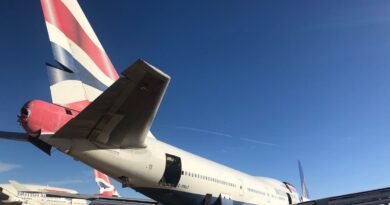Unlimited standby flights are back – but terms and conditions apply
Support truly
independent journalism
Our mission is to deliver unbiased, fact-based reporting that holds power to account and exposes the truth.
Whether $5 or $50, every contribution counts.
Support us to deliver journalism without an agenda.
Looking back, it is one of those inflight phenomena – like free cigars on Concorde or unrestricted flight-deck visits – that seems scarcely conceivable. During the 1990s, the US standby airpass allowed unlimited flights for a month anywhere on the Delta domestic network. Even better, Northwest Orient (now part of Delta) took you around America and gave access to a string of Canadian cities on a shoestring.
The upfront cost was a substantial investment, in those days: typically $499. But the benefits kept coming: besides the opportunity to explore new cities and regions, meals were standard on most flights. And if you had no particular place to go, at nightfall you could aim for three seats on an eastbound transcontinental flight from Los Angles or San Francisco to Delta’s galactic HQ in Atlanta or Memphis – where Northwest had a huge hub for many years.
Turn up, show your ticket and step on board was the order of the day. On the odd occasion when everything was full, such as a busy holiday weekend from Atlanta to Chicago, the ground staff would go out of their way to find an out-of-the-way aviation avenue to your final destination – usually involving a change of plane in Cincinnati.
By the start of the 21st century, though, virtually all such deals had dried up. Airlines spotted airpasses were being used by people who would otherwise pay proper money for that LAX to ATL or SFO to MEM flight. Travellers needing to fly immediately were prepared to pay whatever a carrier asked. Airlines could put prices up, rather than down, as departure time approached. And load factors – the proportion of seats occupied – were gradually increasing, meaning empty seats were harder to find.
Now, though, the idea has been brought to Europe and extended by an entire year by Wizz Air, which has unveiled the All You Can Fly subscription scheme.
Here’s the deal. You pay £445 upfront (from Friday 16 August) for 12 months of heavily discounted flat-rate flights anywhere Wizz Air flies. The charge for each flight is £9.
You have quite a standby window: 72 hours before departure. But rather than using it for an August bank holiday escape, the earliest date you can start is 25 September. And crucially: “All You Can Fly membership fares are not guaranteed to be available for every flight advertised by Wizz Air.”
No one likes a cheap ticket more than I do, but I am not a buyer. Wizz Air is an excellent carrier, and I typically fly around half-a-dozen times a year with the airline. Assuming I could get on every one of those six flights with my standby pass, I would be paying £499 – a hefty £84 per trip. The Wizz Air network overlaps sufficiently with my other go-to airlines – British Airways and easyJet – for me perhaps to double the number of flights to 12. Each of that dozen would cost £45 with the airpass. Yet even that figure is pretty close to the average I pay for Ryanair. I prefer to maintain the flexibility to choose the optimum flight time rather than restrict myself to a single carrier.
I can see that, for people who regularly commute on routes with relatively high frequency, the scheme looks tempting. Twice a month for a year is potentially 48 flights, or less than £10 each. Add on the £9 charge for each flight, and you are still paying a lot less than a one-way ticket on the Gatwick Express. But at peak times you will not find flights open, and if substantial disruption has been taking place (such as the air-traffic control meltdown last August bank holiday), seats will evaporate. But for those who want to explore Europe and the Middle East, and for whom the burden of being unable to book the desired flight is not too heavy, the prospect of a year in the skies may well be tempting.




